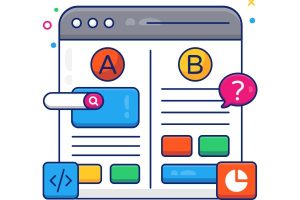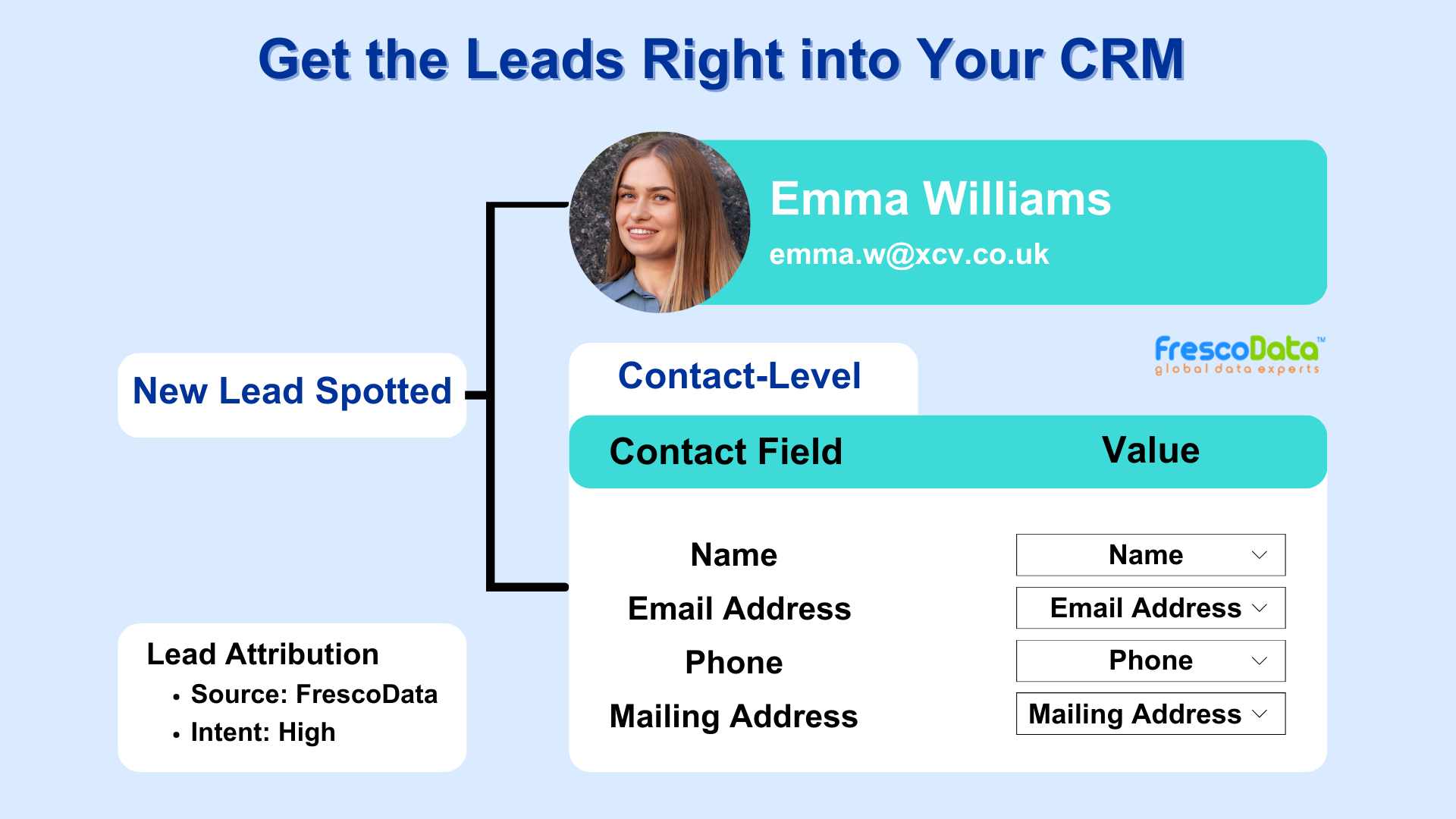-
What is A/B Testing?
-
Benefits of A/B Testing
-
Approach
-
Define Clear Objectives
-
Select a Variable to Test
-
Segment Your Audience
-
Random Assignment
-
Create Variations
-
Implement the Test
-
Monitor and Gather Data
-
Ensure Statistical Significance
-
Draw Conclusions
-
Implement Winning Variation
-
Iterate and Learn
-
Document Findings
What is A/B Testing?

A/B testing is a statistical method used in marketing, product development, and other fields to compare two versions (A and B) of a variable, typically a webpage, advertisement, or product feature, to determine which performs better.
The goal of A/B testing is to identify changes that positively impact an outcome, such as click-through rates, conversion rates, or user engagement.
A/B testing involves dividing the target audience into two groups, A and B, and exposing each group to different variations of a product or campaign (e.g., web page design, ad copy, or button color). The performance of each variation is then compared to determine which one yields better results.
Benefits of A/B Testing
- Data-Driven Decision Making: A/B testing provides empirical data to inform decisions rather than relying on intuition or assumptions.
- Risk Reduction: By testing changes with a subset of users, organizations can minimize the risk of negative impacts on the entire user base.
- Cost-Effectiveness: A/B testing allows organizations to allocate resources more efficiently by focusing on strategies that demonstrate measurable success.
- Continuous Improvement: A/B testing fosters a culture of continuous improvement by encouraging ongoing experimentation and refinement.
- Enhanced User Experience: A/B testing enables organizations to identify and implement changes that enhance the overall user experience.
- Maximized Conversions: Organizations can identify and implement strategies that lead to higher conversion rates by testing different versions.
- Competitive Edge: Organizations that embrace A/B testing can stay ahead of the competition by constantly refining and optimizing their offerings.
Approach
Below is a comprehensive guide to the right A/B testing approach:
Define Clear Objectives
Clearly articulate the goals and objectives of the A/B test. Identify the specific metrics or key performance indicators (KPIs) you aim to improve.
Select a Variable to Test
Choose a variable or element you want to test, such as headline text, call-to-action buttons, color schemes, or overall page layout.
Segment Your Audience
Define the target audience for the A/B test. Ensure that the groups (A and B) represent your overall user base. Consider factors like demographics, location, and user behavior.
Random Assignment
Randomly assign users to either Group A or Group B. It helps ensure that external factors do not influence any differences in performance between the groups.
Create Variations
Develop the different variations of the chosen variable for each group. Ensure that the changes are significant enough to impact user behavior potentially but not so drastic that the results become unclear.
Implement the Test
Deploy the variations to their respective groups. Use tools or platforms that allow for accurate and controlled testing, ensuring each user sees only one version throughout the test period.
Monitor and Gather Data
Collect relevant data on user interactions and outcomes during the test period. Use analytics tools to track metrics such as click-through rates, conversion rates, bounce rates, and any other relevant performance indicators.
Ensure Statistical Significance
Evaluate the results for statistical significance. Use statistical tests to determine if the observed differences in performance between the variations are statistically meaningful or could be due to chance.
Draw Conclusions
Based on the data analysis, draw conclusions about which variation performed better in achieving the defined objectives. Consider not only statistical significance but also practical significance in the context of your business goals.
Implement Winning Variation
Implement the changes from the winning variation on a broader scale. Update your webpage, ad campaign, or product feature based on the insights gained from the A/B test.
Iterate and Learn
A/B testing is an iterative process. Use the insights gained from each test to inform future tests and continuously refine your strategies for ongoing improvement.
Document Findings
Record the A/B testing process, results, and insights gained. Documenting findings can help share knowledge within the team and serve as a valuable reference for future optimization efforts.
Do you want to incorporate A/B Testing?
Let’s Talk
Stay Updated
Recent Blogs

3 Reasons to Buy Email List
Are you hesitant to buy email list for your business? Some would say buying an email list ...
November 18, 2024
Sales Follow-up Email After No Response!
70% of sales reps don’t follow up with prospects after no response. (Source) Are you...
September 2, 2024
5 CTV Advertising Tips to Get The Most Out of It
Connected TV has opened up many interesting opportunities for advertisers, allowing them t...
August 27, 2024